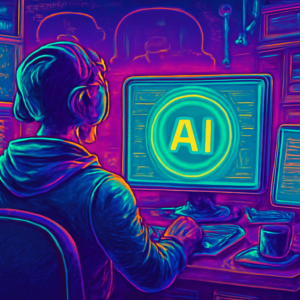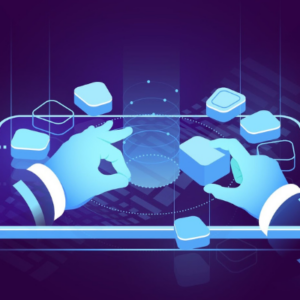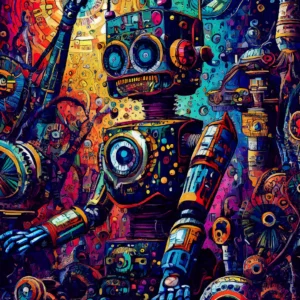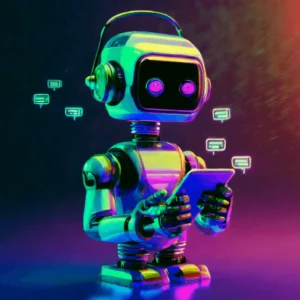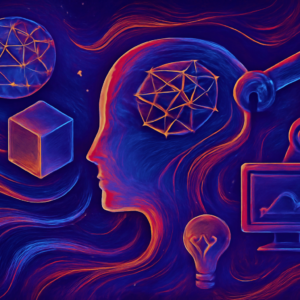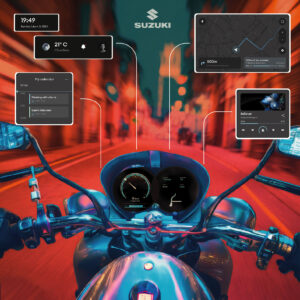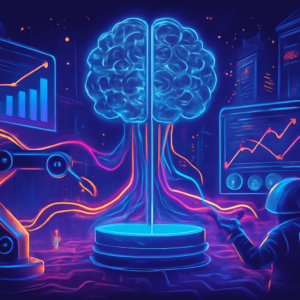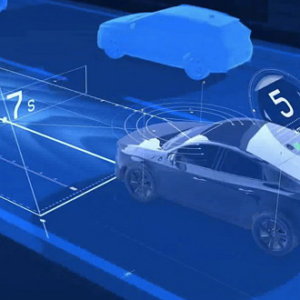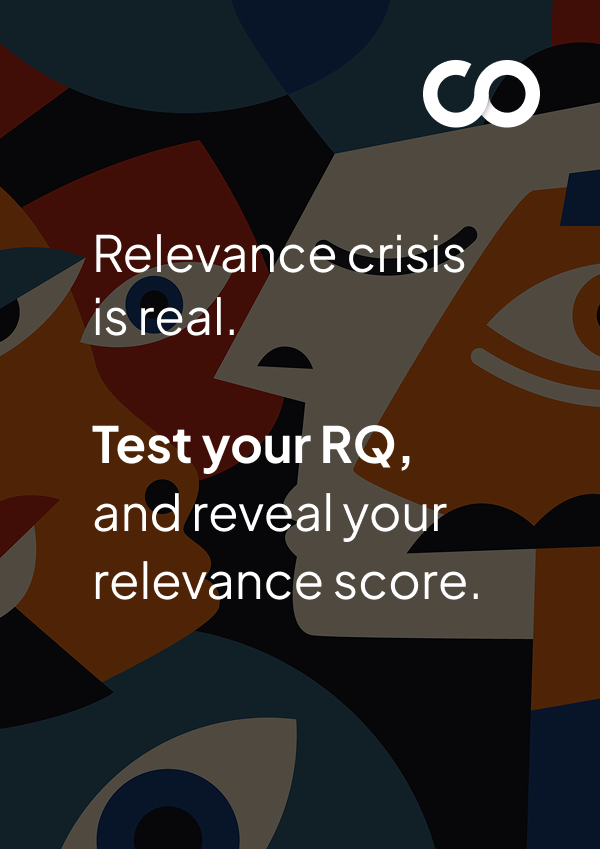Agentic ai product design services
Agentic AI Product Design And Development Services
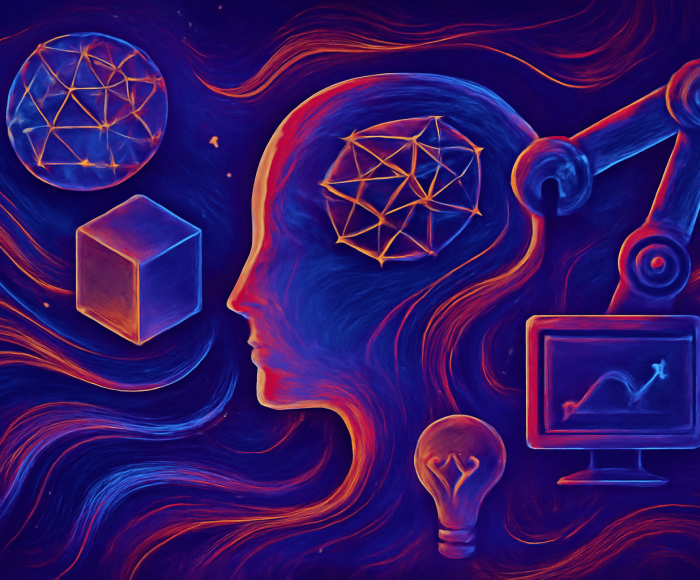
From AI Product Development To AI Workforce Augmentation
Designing AI-native solutions requires a fundamental shift in thinking. It’s no longer about deploying a one-off AI engine—it’s about building an AI workforce that integrates seamlessly into your business. This workforce operates with precision, speed, and autonomy, continuously adapting, learning, and evolving to drive efficiency and keep your customers delighted.
Agentic AI goes beyond simple automation—it acts like a dynamic team. It senses needs, manages critical business functions, handles complex tasks, and adjusts in real-time to new data. By designing AI products as a self-aware, self-improving workforce, we help businesses stay agile, ahead of the curve, and responsive to evolving demands.
We apply design thinking to help businesses map their as-is and to-be processes, revealing opportunities for AI integration. This method starts by thoroughly understanding your existing systems and workflows (the as-is state) to identify inefficiencies, gaps, and areas for improvement. From there, we collaborate with you to define the to-be state, where intelligent AI agents augment your workforce and operations, delivering measurable outcomes such as faster resolutions, improved customer experiences, and increased productivity.
To ensure a smooth AI transformation, we create detailed service blueprints that outline every touchpoint, interaction, and agent action in the new AI-augmented workforce. These blueprints serve as a clear roadmap for AI integration, helping you visualize the end-to-end process, expected outcomes and the roles that each AI agent will play in delivering those outcomes.
We specialize in designing, building, and deploying Agentic AI solutions and Agentic workforces that integrate smoothly with your existing systems, driving intelligent automation. Tools like CrewAI ensure seamless collaboration across workflows, while LangGraph keeps agents aligned with context across sessions. ReAct powers dynamic decision-making, and Pinecone preserves user-specific memories, enhancing personalization across interactions.
Whether it’s a refund assistant, an onboarding copilot, or a proactive support agent, our Agentic AI products seamlessly integrate into your systems—whether chat, web, or mobile—executing tasks across CRMs, APIs, and internal tools. We design each solution to deliver tangible business outcomes: faster resolutions, increased conversions, and fewer escalations—all without requiring constant engineering or maintenance. You set the goal; we design the agentic workforce that delivers it.
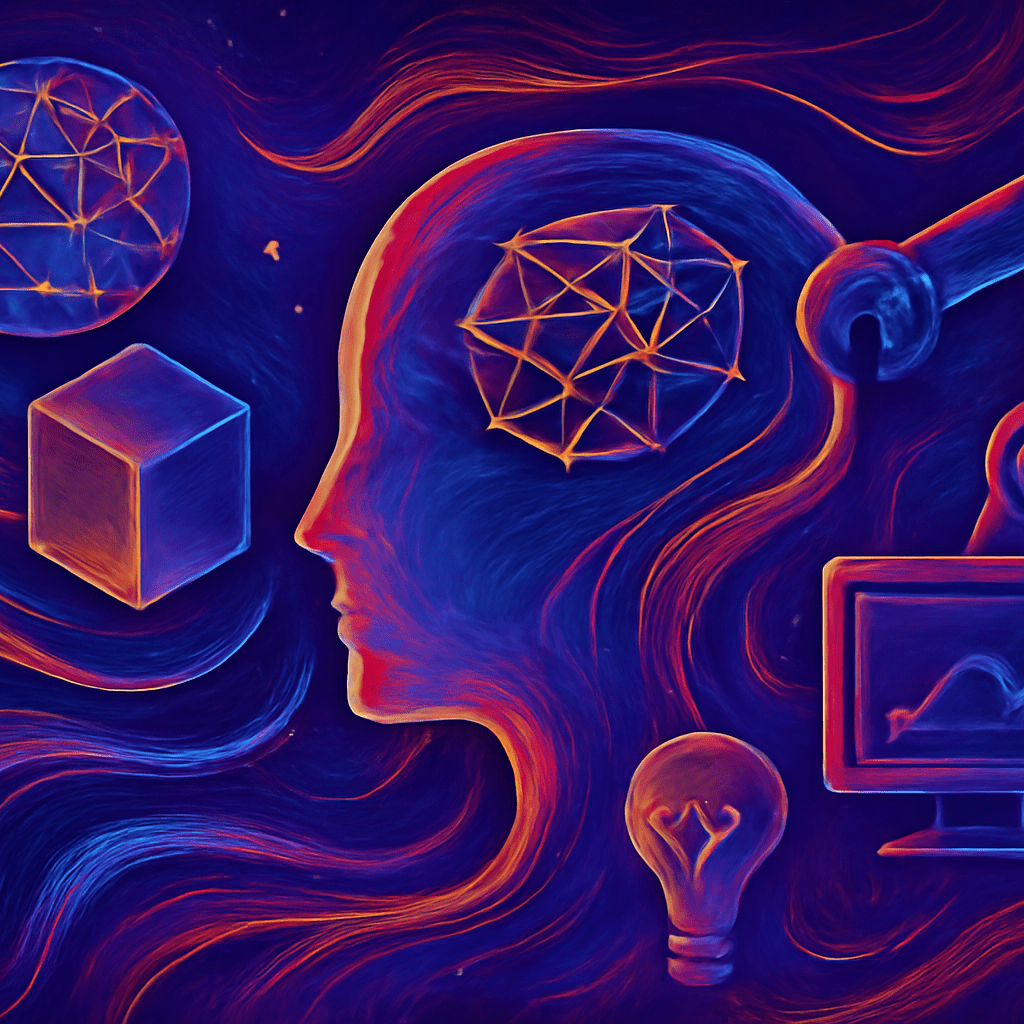
50%
Data Driven Decision Making faster
↓ 60%
Manual Effort
3×
Faster Adaptability
Download The Master Guide For Building Delightful, Sticky Apps In 2025.
Build your app like a PRO. Nail everything from that first lightbulb moment to the first million.
Automate Workflows with Agentic AI
Whether it’s enhancing customer experience or optimizing internal operations, we build Agentic AI products and solutions that act as a digital workforce. These AI-powered solutions sense needs, think critically, adapt to changes, and take autonomous actions—ensuring high accuracy and speed within your systems. With Agentic AI, your workflows become smarter, more efficient, and capable of driving real-time outcomes without the need for constant manual intervention.
Scaling customer support can be a significant challenge for businesses. As inquiries increase, teams become overwhelmed, leading to slower response times and diminishing customer satisfaction. Today’s customers expect fast, accurate answers, with an empathetic human touch. And it is possible with Video Bots modeled on real humans, to meet this need.
We design AI-powered video, audio, text chatbots and virtual assistants that handle real-time customer interactions, delivering immediate, context-aware responses. Built using Natural Language Processing (NLP), these agents understand and respond to customer queries just like a human would. We seamlessly integrate these AI systems with your existing CRM or helpdesk software, allowing them to pull customer data and deliver tailored responses. This boosts both efficiency and customer satisfaction.
Imagine a customer visiting your e-commerce site and asking, “Where is my order?” Instead of waiting in a queue, the AI chatbot instantly retrieves the customer’s purchase details, tracks the order, and provides a real-time update—minimizing the need for human intervention while enhancing the customer experience.
In today’s digital landscape, customers are bombarded with countless choices—from shopping for products to streaming content. With so many options, delivering personalized recommendations has become essential for keeping customers engaged. Traditional methods often fall short, leading to dissatisfaction and missed sales opportunities.
To solve this, we design AI-powered recommendation systems that analyze user behavior and preferences, delivering tailored suggestions that keep customers coming back. Our AI systems utilize advanced algorithms like collaborative filtering and content-based filtering to offer relevant product recommendations based on individual browsing and purchasing histories. These systems continuously learn and improve, increasing accuracy with each interaction. By leveraging tools such as Scikit-learn for machine learning, we seamlessly integrate these systems with your e-commerce or media platforms for smooth, frictionless operation.
For example, imagine a streaming platform like Netflix. As users watch more content, the AI recommendation system learns their preferences and suggests movies or shows they are likely to enjoy, based on their viewing history. This keeps users engaged and encourages them to explore more content, ultimately increasing viewing time and subscription retention.
Businesses often rely on historical data, but accurately predicting future trends can be challenging. Many decisions are based on guesswork, which can lead to inefficiencies in areas like sales, operations, inventory management or staffing.
We design predictive analytics tools that leverage past data to forecast future outcomes, enabling you to make smarter, data-driven decisions. These tools predict sales, customer behavior, demand trends, and more, helping you plan effectively and avoid surprises. We utilize top predictive models, including Monte Carlo simulations, XGBoost, and Prophet for time series forecasting, ensuring your predictions are not only accurate but also actionable. Insights are then visualized through tools like Power BI or Tableau, providing an intuitive way to make informed decisions.
For example, a retail business using a predictive analytics tool powered by Monte Carlo simulations can forecast the next best-selling products. By running multiple simulations based on historical data, the model estimates a range of possible outcomes, helping the business prepare for different scenarios. This enables smarter inventory management, optimized pricing strategies, and more effective seasonal planning.
Manually processing images or video content takes too much time and effort. Whether you’re monitoring security footage or analyzing visual data for quality control, it’s inefficient without automation.
We build AI-driven image and video recognition systems that use computer vision to process visual data in real-time. These AI systems can identify objects, faces, and text in images or video, making it easier to analyze large amounts of visual data quickly and accurately. We rely on frameworks like TensorFlow and PyTorch for deep learning, and OpenCV for real-time video analysis, ensuring accuracy and speed.
Imagine a security system that monitors your office’s video feeds. The AI recognizes faces, verifies authorized access, and alerts security if an intruder is detected—all automatically, without any manual intervention.
Manual document handling is slow and error-prone. Whether it’s invoices, contracts, or forms, the process of extracting and processing data from documents takes time and resources.
We design automated document processing systems using Optical Character Recognition (OCR) and Natural Language Processing (NLP) to automatically read, extract, and categorize key information from documents. This simplifies your workflow and reduces human error. We use Tesseract OCR and AWS Textract for text extraction, and spaCy for text analysis, ensuring high accuracy in processing documents.
Imagine an invoice processing system where the AI scans invoices, extracts key details (like dates and amounts), and automatically updates your accounting system. This saves time and eliminates the need for manual data entry.
Generic marketing messages don’t engage customers effectively. You need to send the right message to the right person at the right time to maximize impact.
We design AI-driven marketing automation platforms and solutions that analyze your target audience, personas, behaviors and preferences to reach out with a personalized message. AI segments users based on their attitudes, behaviors and interests, delivering personalized emails, SMS, or web content that sparks conversation and engagement. Using Keras for machine learning and integrating with platforms like HubSpot or Marketo, we ensure your marketing campaigns are both effective and efficient.
Imagine an email campaign that sends personalized product recommendations to a user based on their previous browsing behavior. A customer who left items in their cart gets an automatic email reminder with a discount / price drop message, encouraging them to complete the purchase.
Fraud is a serious threat to businesses, particularly in finance and e-commerce. Traditional fraud detection methods can’t keep up with new fraud patterns, risking your business.
We build AI-powered fraud detection systems that monitor transactions in real-time and detect fraudulent activity. Using anomaly detection and machine learning, our systems learn from past transactions and improve fraud detection over time. We use Scikit-learn for anomaly detection and integrate with payment processing systems via REST APIs for immediate action.
Imagine an AI-driven fraud detection system that flags suspicious transactions as they occur. If a transaction is flagged as fraudulent, the system can block it immediately, preventing financial loss before the transaction is completed.
Designing, Developing & Deploying AI Agents
At Codewave, we adopt a design thinking-led approach to AI agent development—focused on problem discovery and creating solutions that drive meaningful business outcomes. Our structured 6-step process ensures that your AI agents act with context, memory, and autonomy, delivering value exactly where it’s needed.
We start by identifying exactly where and how the agent fits into your business processes. Using structured workflows and clear ontology maps, we define decision points and action steps, ensuring the agent stays focused and avoids unnecessary complexity. This targeted approach ensures the agent operates within clear parameters, well defined boundaries and delivers precise outcomes.
Understanding how users or systems interact with the agent is critical. Whether it’s voice, chat, or event triggers, we design an intent-driven interface using tools like OpenAI’s Assistants API and backend function calling. This ensures smooth routing of inputs through intent resolution paths, with fallback handlers to fill in any context gaps.
To ensure meaningful, coherent interactions, we integrate a memory layer. With LangChain to manage session-based task context and Pinecone for long-term memory (such as user preferences and past choices), your agents evolve to treat users as individuals, not new users each time they interact.
For complex tasks—like vendor onboarding or refund processing—we use a multi-agent approach, breaking the process into smaller steps that are handled by the right agent at the right time. Tools like CrewAI enable smooth agent collaboration across workflows, ensuring no overlap and full coordination through shared memory and state control.
Ensuring safe and accurate decision-making is paramount. Every action the agent takes is reviewed before it interacts with customers or systems. We use Pydantic for input validation and incorporate human oversight for sensitive actions like payments or compliance decisions. Traceable logs provide full visibility into the agent's actions, promoting accountability and transparency.
Once the agent is deployed, we track its performance in real-time, identifying areas for improvement. Through tools like Weights & Biases, we log missed intents, wrong actions, or fallback triggers. This data-driven approach allows us to fine-tune the agent, ensuring it self-optimizes over time, becoming smarter and more efficient with each interaction.
One conversation can change your product’s direction.
Inside the Agentic AI Toolbox
We use tools that reveal your sales truth—busting assumptions. From lead scoring engines to conversion monitors, every tool we pick fixes a real gap.
| Multimodal Interaction Design |
|
| Agent Orchestration & Task Routing |
|
| Memory Management |
|
| Knowledge Retrieval (RAG) |
|
| Evaluation & Monitoring |
|
| Safety & Guardrails |
|
| Action Execution & API Integration |
|
| Reinforcement & Feedback Loops |
|
| Simulation & Testing |
|
| Data Labeling & Curation |
|
Adaptive AI Workforce Augmentation For Every Industry
| Healthcare | In healthcare, multiple AI agents work together to process structured (EHR) and unstructured data (IoMT feeds), flagging anomalies and automating workflows. One agent might monitor vital signs from a wearable device, while another checks patient history and automatically schedules tests or triggers alerts based on the data. This multi-agent approach minimizes manual input and accelerates diagnostic workflows. |
| Transportation | In the transportation sector, a network of AI agents optimizes fleet operations. One agent collects real-time data from GPS, sensors, and traffic APIs, while another monitors vehicle health, such as tire pressure. When an agent detects a traffic jam, it communicates with another agent to reroute vehicles, while yet another triggers maintenance alerts to technicians, all working in harmony to ensure smooth and efficient fleet operations with minimal human oversight. |
| Energy | In energy systems, multiple AI agents collaborate to ensure operational stability. One agent monitors SCADA data for signs of overload, while another keeps an eye on transformer temperatures. If temperatures rise above safe levels, one agent automatically activates backup substations, while another notifies operators, coordinating actions to prevent downtime and ensure the system’s stability. |
| Retail | In retail, a network of AI agents works together to provide a highly personalized shopping experience while optimizing inventory management. For example, one agent tracks customer behavior across online and in-store channels, while another monitors stock levels in real time. When a customer revisits a product page, the first agent identifies this interest, and a second agent checks the product’s availability across warehouses and stores. If stock is low, a third agent automatically sends an alert with a special offer or directs the customer to similar products, improving both engagement and conversion rates. This multi-agent system ensures that customers are always connected to the products they want, while businesses can automate inventory restocking and promotions seamlessly. |
| Insurance | In the insurance industry, a multi-agent system processes claims, cross-checks details with telematics, and triggers fraud detection actions. One agent evaluates accident reports, while another verifies the location and matches it with policy rules. A third agent automatically moves the claim forward or flags it for further review, speeding up the claims process while reducing the risk of errors or fraud. |
| Agriculture | In agriculture, AI agents collaborate to monitor crop health and optimize farming practices. For example, one agent analyzes satellite imagery and NDVI data to detect areas of crop stress or pest infestation. Meanwhile, another agent collects data from IoT sensors installed in the soil and weather stations, providing real-time environmental data such as soil moisture and temperature. When a change in environmental conditions is detected—such as a drop in moisture levels—one agent triggers the irrigation system, while another communicates with the farmer via a mobile app to provide actionable insights. Additionally, agents can predict yield forecasts based on historical data, helping farmers make smarter decisions on harvest timing and resource allocation. This collaboration of AI agents reduces manual intervention and enables farmers to manage crops more efficiently, improving yield while minimizing resource use. |
| Education | AI agents track student behavior and adapt learning content. If a student skips sections, the agent pauses the lesson, injects a summary, and schedules a test—ensuring retention without instructor input. |
What to expect
What to expect working with us.
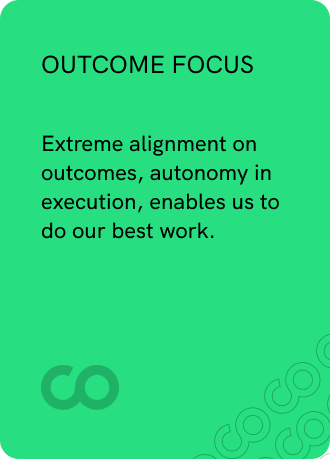
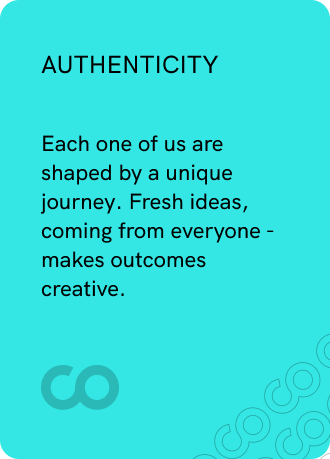
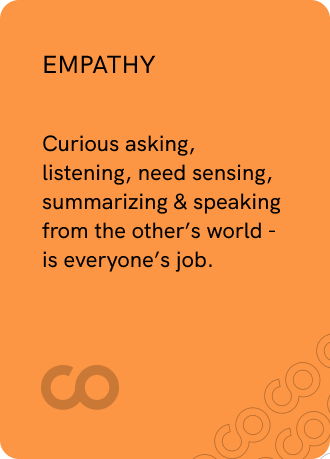

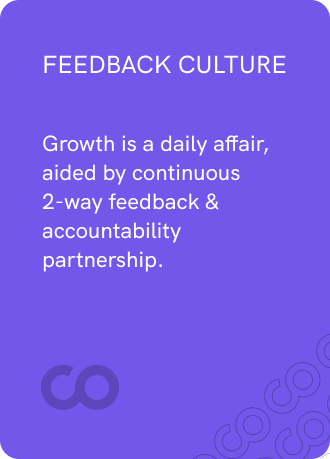
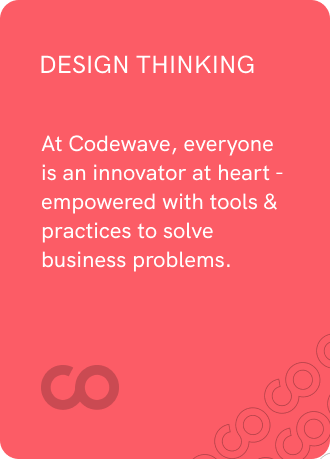
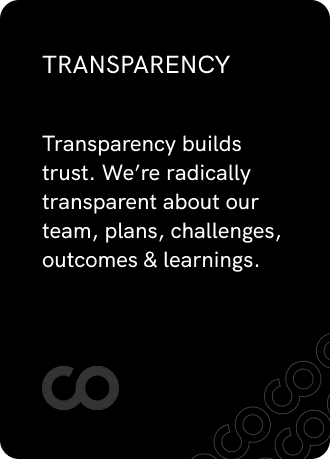
We transform companies!
Codewave is an award-winning company that transforms businesses by generating ideas, building products, and accelerating growth.
Frequently asked questions
Agentic AI product design services create systems that act autonomously within business workflows. These services embed decision logic, context awareness, and adaptive behaviors into AI agents, making them capable of initiating tasks and producing outcomes without continuous human guidance.
Traditional AI predicts; agentic AI product design services enable action. These services design agents that execute end-to-end tasks, maintain memory, and optimize continuously—delivering business impact beyond static models or single-step automations found in older AI systems.
Agentic AI product design services apply across industries like healthcare, retail, and energy. These services build AI agents that interpret signals, take decisions autonomously, and integrate into systems to automate triage, personalization, routing, and adaptive scheduling based on real-time conditions.
Agentic AI product design services reduce human dependency. Once deployed, these systems run independently, using reinforcement signals and memory. The services ensure AI agents initiate actions, handle exceptions, and evolve over time, operating with minimal ongoing human interaction.
Agentic AI product design services demand expertise in LLM orchestration, agent flow design, policy constraints, and prompt engineering. These services also require product thinking, contextual reasoning, and experience integrating multi-modal interfaces across backend APIs, ensuring agents operate reliably in live environments.
Codewave-Specific questions
Codewave’s agentic AI product design services begin with deep business mapping. We identify decision loops, embed agents using LangChain or OpenAI tools, and integrate them into workflows—ensuring agents act autonomously, respond to real signals, and align with measurable business goals.
Codewave’s agentic AI product design services focus on real-world reliability. We combine UX, LLM logic, and reinforcement feedback into each agent loop. Unlike generic setups, our services deliver persistent agents that learn, act, and evolve with every user interaction and system event.
Yes. Our agentic AI product design services create agents that operate across voice, chat, and email interfaces. These services ensure agents maintain memory and consistency across touchpoints, acting like a unified interface rather than isolated bots with no contextual recall.
Codewave’s agentic AI product design services build guardrails, event logging, and manual override flows into each agent. These services keep autonomous decisions aligned with policies, ensuring business-critical actions stay observable, reversible, and fully auditable during live operations.
Absolutely. Codewave’s agentic AI product design services integrate seamlessly with existing platforms via APIs. These services connect agents with ERPs, CRMs, and support systems—delivering decision-making capabilities without forcing any infrastructure overhaul or change in your existing tech landscape.
Codewave’s agentic AI product design services have served retail, logistics, healthcare, and education. These services embed agents into real-time use cases—like triaging claims, automating diagnostics, or routing support queries—always grounded in the core workflow of the client’s business.
Codewave’s agentic AI product design services go beyond experimentation. These services deliver production-ready systems with safe autonomy, persistent learning, and scalable agent behavior—turning AI from a support tool into a core driver of business operations and growth.



